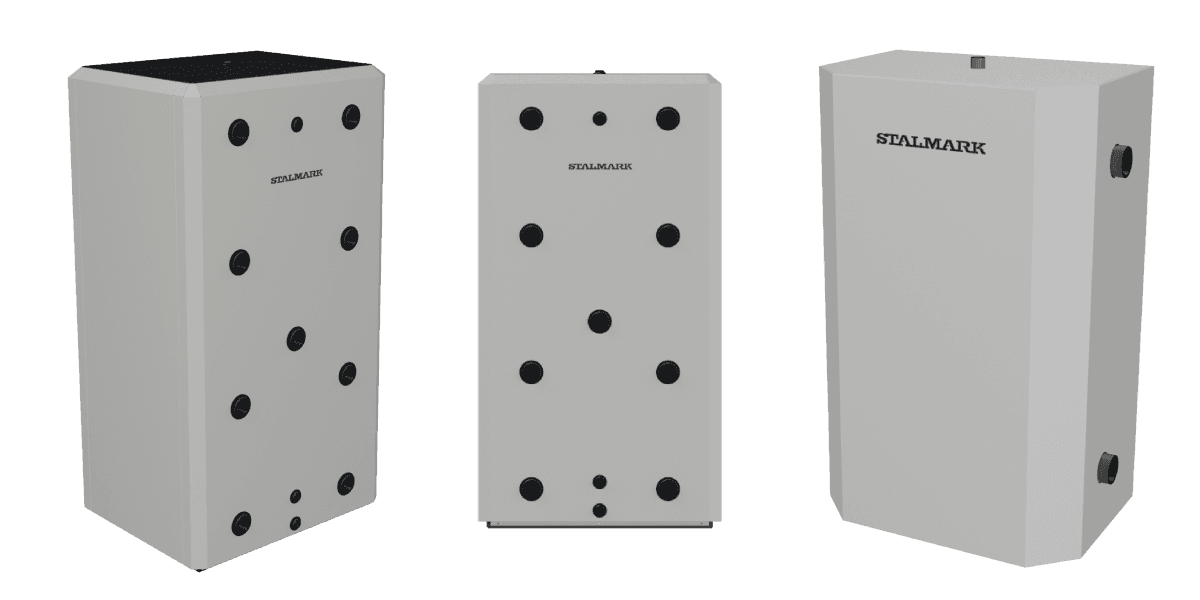A very effective way to save energy and thus reduce the cost of energy production is the use of so-called heat buffers. This type of device allows you to achieve considerable savings and increase the efficiency of the heating system.
What is a heat buffer?
A heat buffer is a solution whose main purpose is to store heat energy when it is not being used and use it when it is needed. Heat buffers most often take the form of well-insulated tanks that hold water for heating the interior of a building. This tank very often resembles a hot water storage tank, or so-called boiler, and its construction and purpose of use are also very similar. This type of buffer for central heating is characterized by a fairly simple construction, as well as durability and resistance to corrosion, which is necessary for it to perform its task effectively for a long time.
How does the heat buffer work?
A heat buffer is a system that involves storing thermal energy in the form of hot water This energy is then used to heat rooms or domestic water. A central heating buffer can be powered by various energy sources, such as heat pumps, solar panels or boilers. A properly constructed and connected heat buffer can easily be powered even by several heat sources simultaneously. The level of complexity of the entire installation is therefore determined by the types and number of heat sources used by this device, the way they are powered and the number of consumers.
The most important feature of heat buffers is undoubtedly the layered arrangement of the water it contains. Hot water is lighter than cold water, which means that these liquids will not mix, and in addition, hot water located above cold water will not heat it, since the laws of physics will prevent such heat exchange. Thus, when using a home heating system, the heat buffer retains some of the heat energy, so that the water still remains warm and the next time the system is used, the interior will quickly be heated without having to reheat the cold water and inject it into the system, which uses much more energy.
What are the advantages of a heat buffer?
The heat buffer has several advantages that make it an attractive solution for heating systems. Among the benefits you can count on from using this type of solution in your home are:
- Energy savings: A heat buffer allows you to store heat energy, which means it can be used when you need it, instead of being generated immediately.
- Support for renewable energy sources: A heat buffer is particularly useful for installations based on renewable energy sources, such as solar panels, because it allows energy produced during the day to be stored for use at night or on colder days.
- Increase efficiency: A heat buffer allows for better use of energy, which means lower heating bills and less harmful emissions.
- Increased thermal comfort: The heat buffer allows for a more even distribution of heat in the building, which increases the thermal comfort of residents.
- Flexibility: The heat buffer can be easily adapted to the needs and financial capabilities of the investor, as well as to the size of the building.
However, it is worth remembering that the heat buffer is a rather large device that requires a considerable space for installation. Therefore, you need to take this into account when deciding to install a heat buffer in your home.
